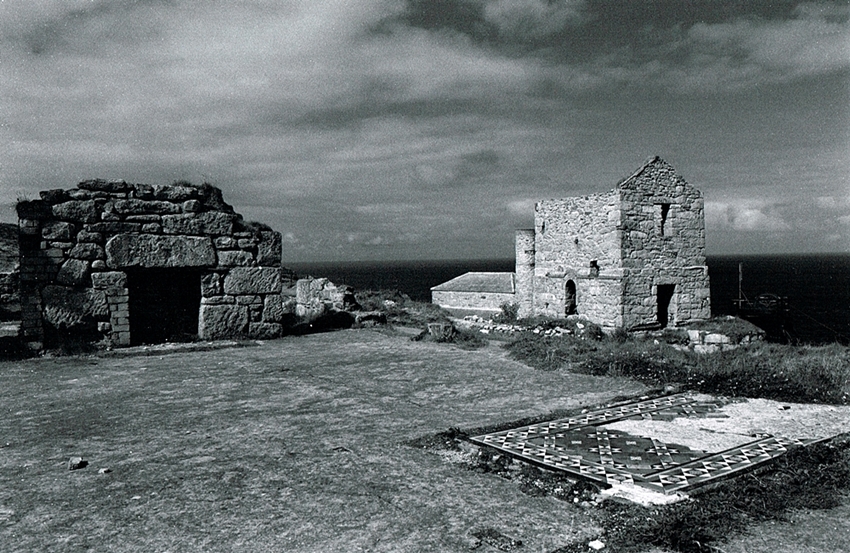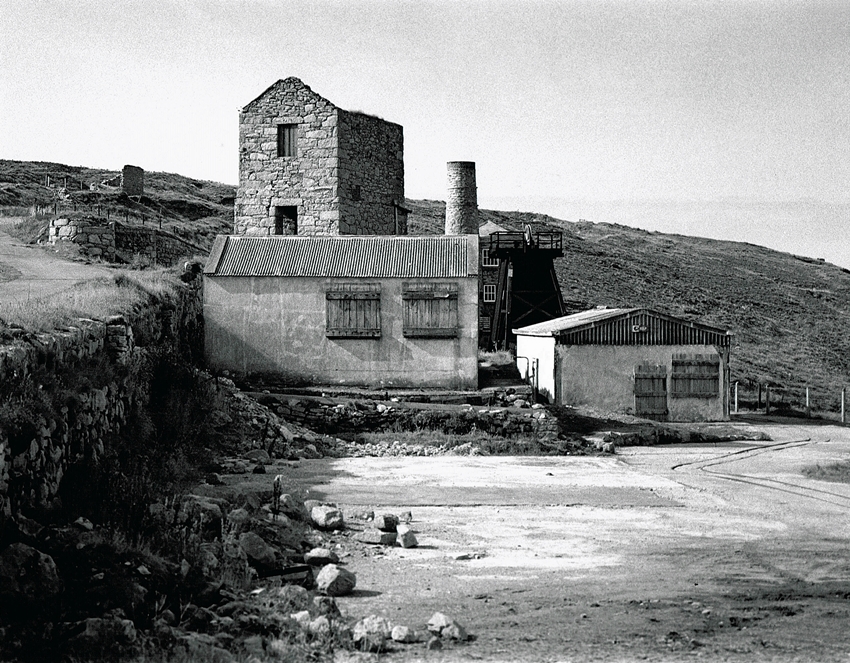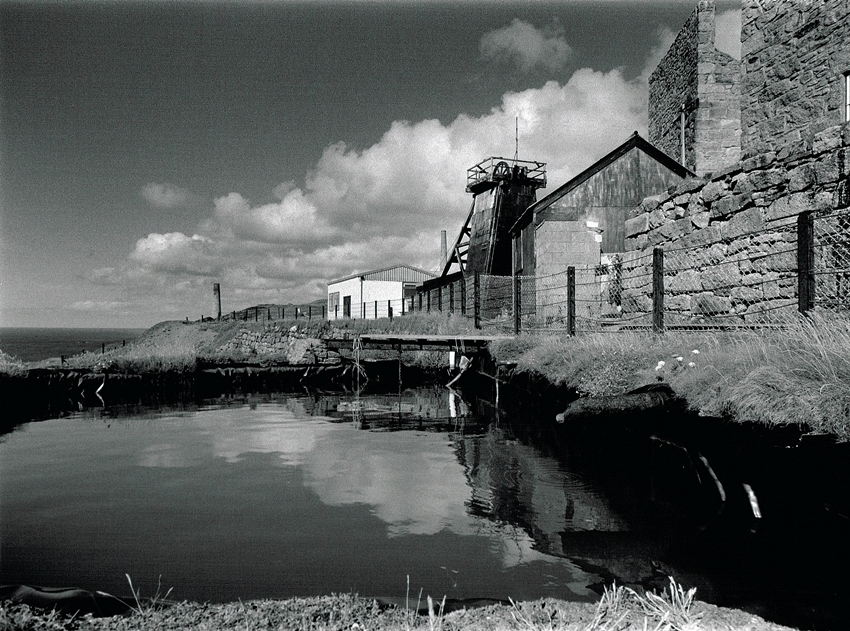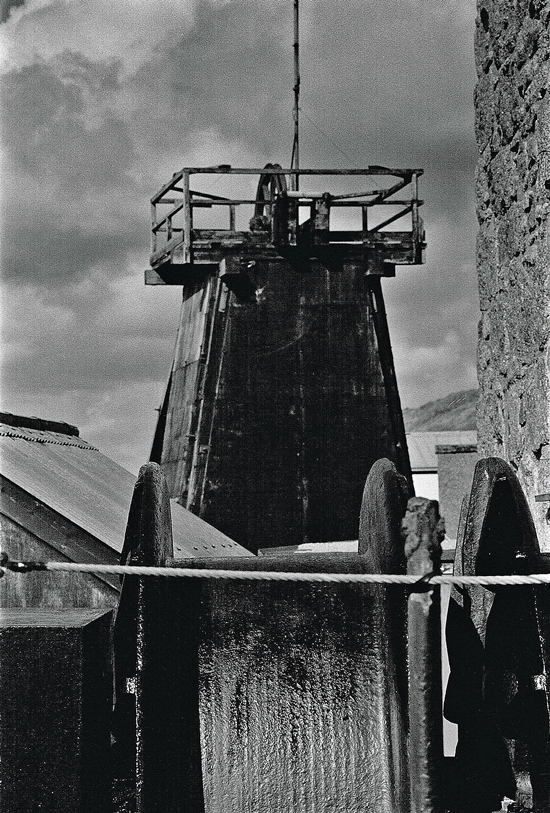Levant Mine, the world famous mine under the sea. The mine worked from 1820-1930, producing totals of: 130,000 tons Copper, 24,000 tons Tin and 4,000 tons Arsenic returning over £2.25 million pounds. Recorded mining on this site goes back to 1670 when shallow Copper deposits were mined. Levant was opened in 1820 and was a major Copper producer until the 1850’s when Tin took over as the major production.
This first page of Levant Mine concentrates on the area around Skip Shaft perched close to the cliff edge.
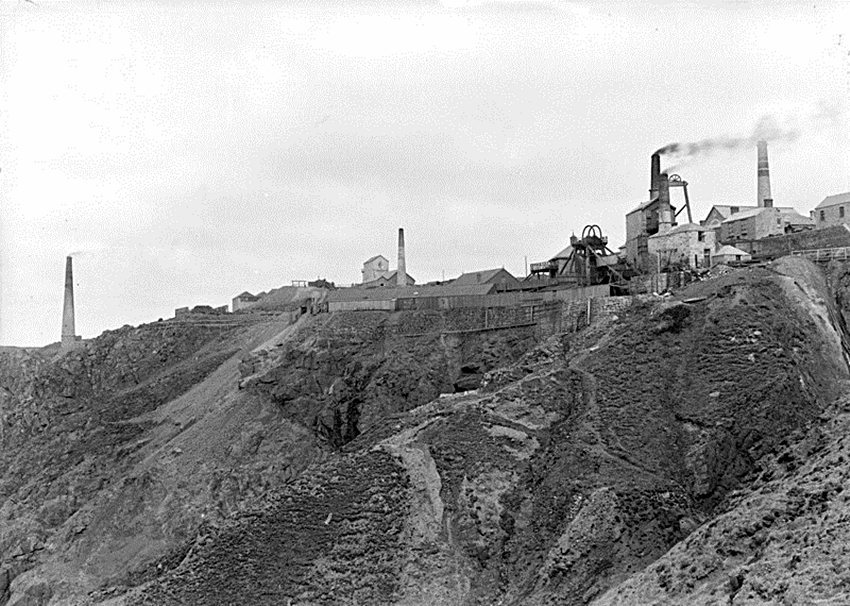
There were submarine levels to the mine, the 278 fathom level was a mile long and went out under the sea. To aid the transport of ore underground Pit Ponies were used, this is one of only a few mines in Cornwall where they were employed. Other mines where ponies were used were: Polhigery, East Pool, Mount Iron Mine and, much earlier, at Restormal Iron Mine. (Thanks Tony Brooks) When Geevor entered the Levant Mine workings in the 1970’s the stable area still had evidence of straw on the ground.
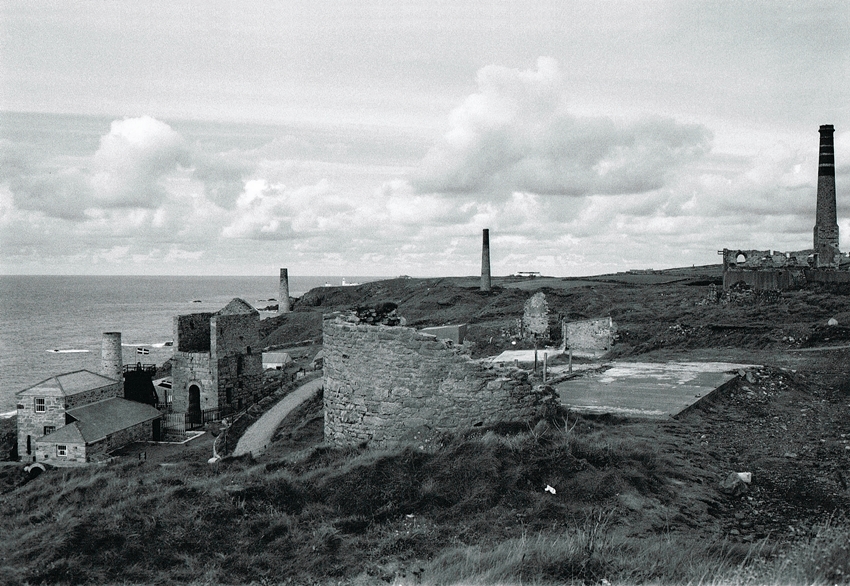
There was one area in Levant called the “40 backs” where the miners had mined very close to the seabed. It was said in rough weather boulders could be heard moving above on the ocean floor. The level was reached by a vertical shaft from a cavern on the 210 fathom level, here a boiler and winding engine were erected. The heat and smoke must have made this a dreadful place to work.
The mine suffered an awful accident on 20th October 1919 when the 62 year old Man Engine (a device for transporting miners underground) failed. The accident occurred at the end of a shift when the miners were returning to the surface. The rod which controlled the movement broke, throwing those riding it down the 266 fathom deep shaft (1 Fathom = 6ft). A total of 31 lives were lost with 19 men being injured. But the mine continued to work but never really recovered from this accident. Even with new machinery and processing areas the site was finally closed in 1930.
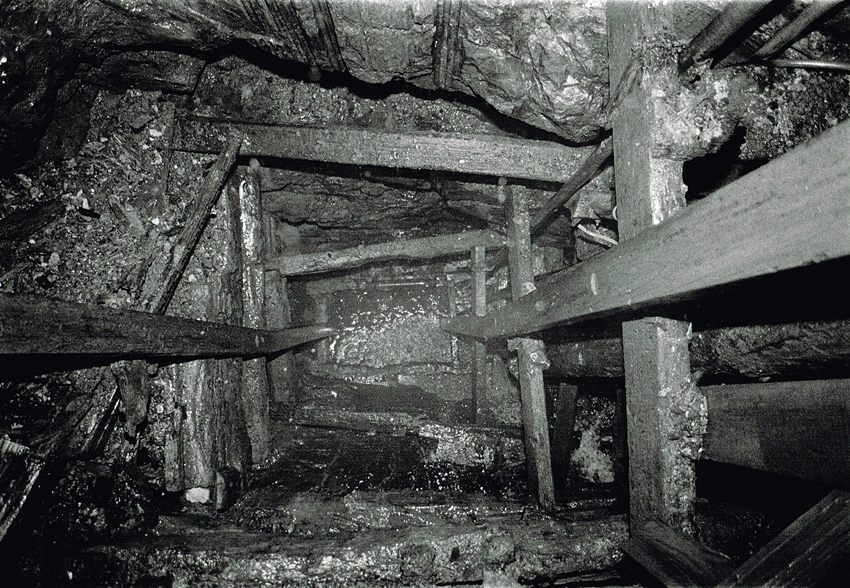
In the 1970’s the mine was drained and re-worked by Geevor Mine. This was made possible after a breach on the seabed entering the workings had been sealed, a mile out to sea in the “40 Backs” mentioned above. Regrettably the Levant Miners had left very little for the modern miners and the attempt was unsuccessful. The images on this Levant Mine page have been taken over several years from the mid 1990’s to the present day.
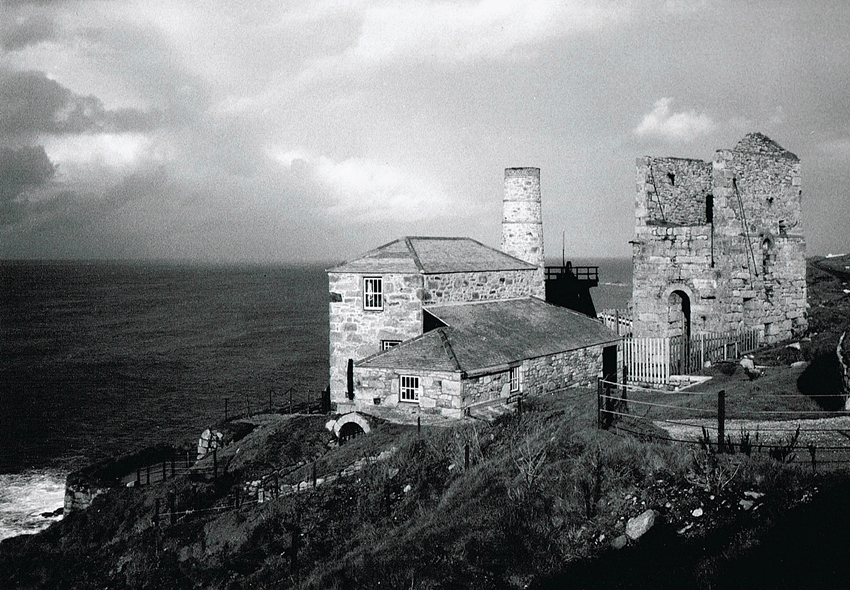
The ruined Levant Mine engine house was the home to the mines 45″ pumping engine. The complete building is the winding house serving Skip Shaft, the house contains a preserved and working 27″ Whim engine. This engine was made in 1840 by Harvey’s of Hayle, when the mine closed in the 1930’s it was saved from the scrap men by a team of enthusiasts. It was restored to its former glory during the 1980’s by Trevithick Society. The engine is now run and maintained by the National Trust and is open to the public. Perched above the cliffs on the left of the image is the engine pond. The mines adit is directly below in the Levant Zawn.
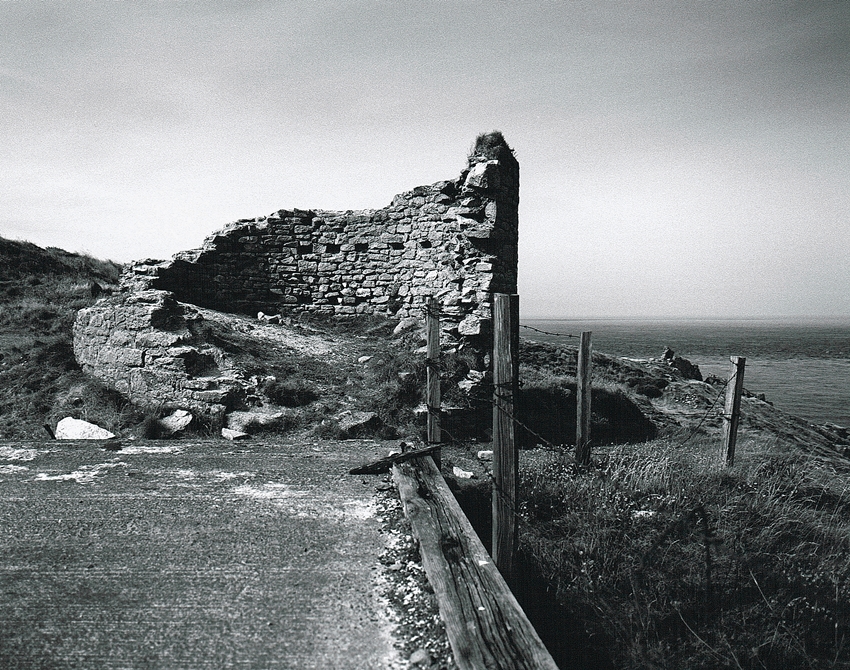
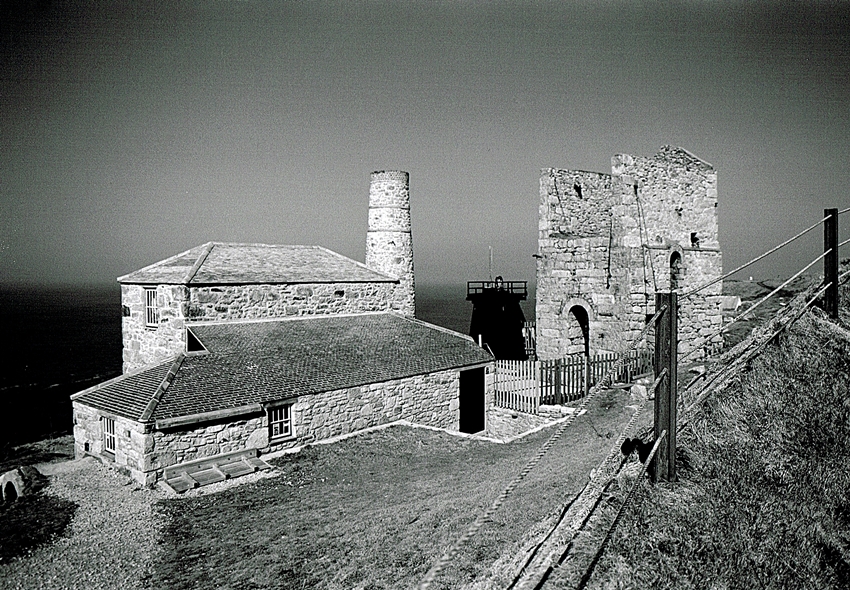
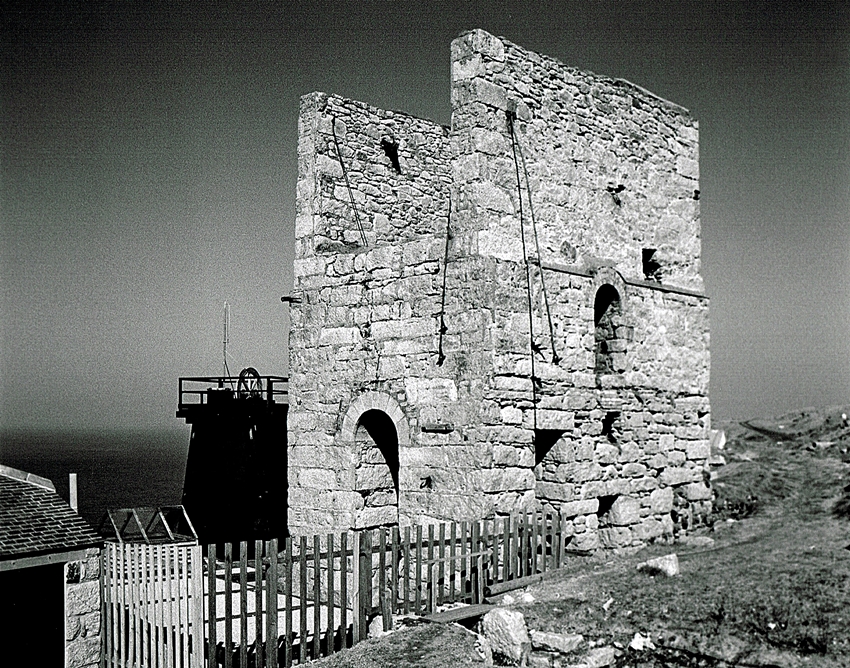
To see more about the site follow the link to the National Trust Website: Levant Mine
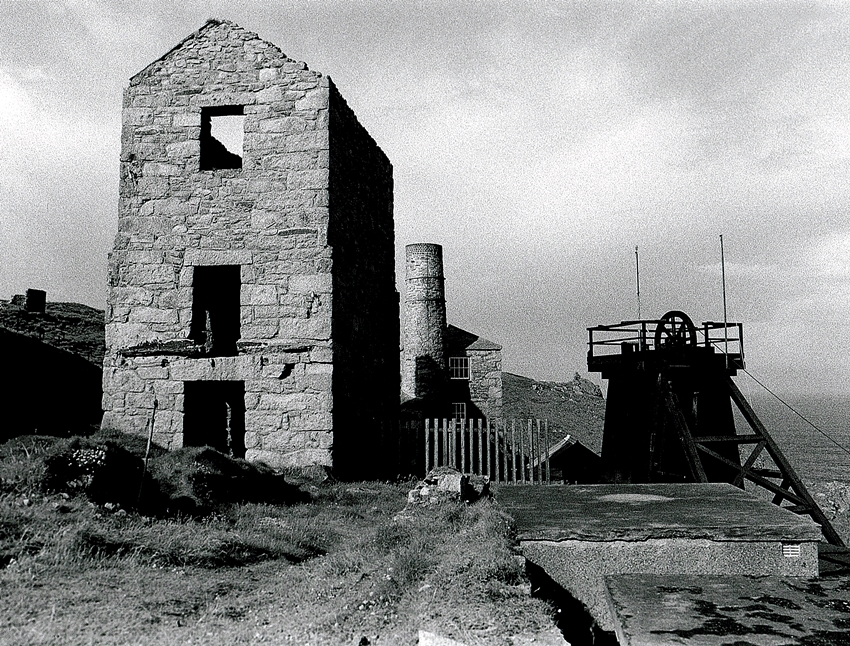
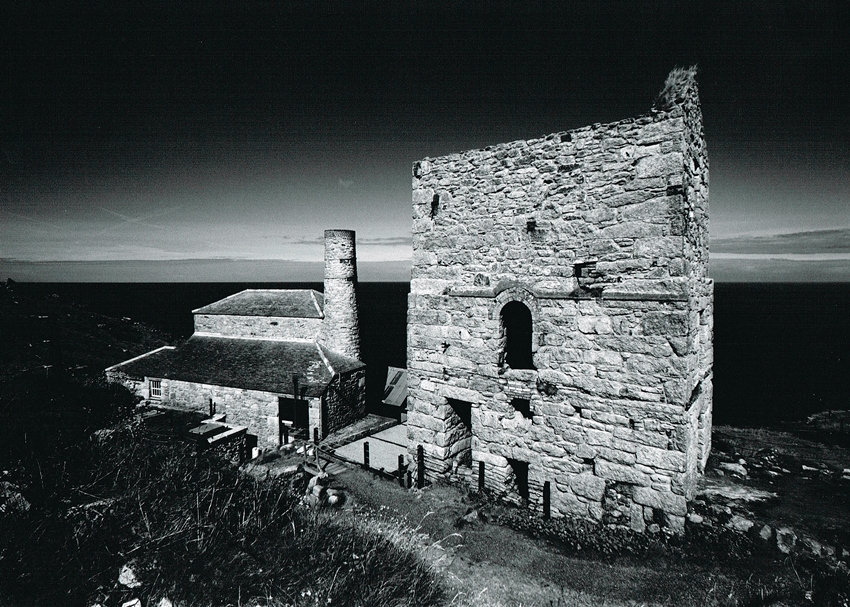
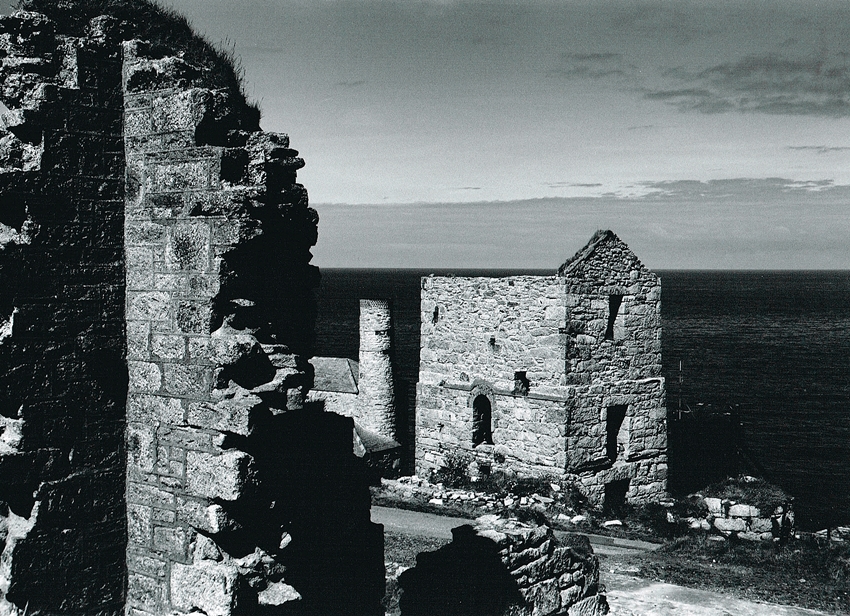
The Count House was the heart of the mine. This is where the offices were, outside there would have been bay windows this is where the miners would have been paid. The mine owners “Adventurers” would have been wined and dined here.
